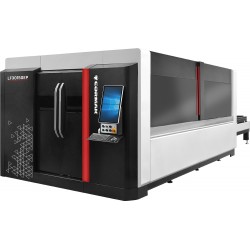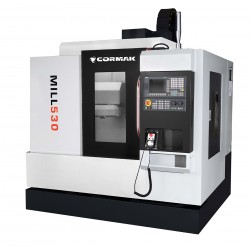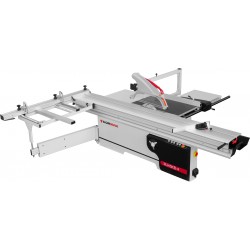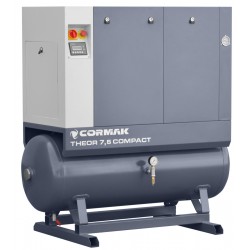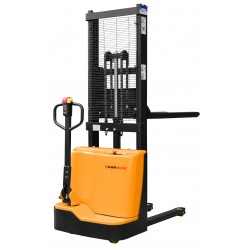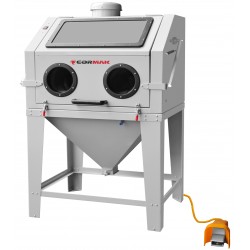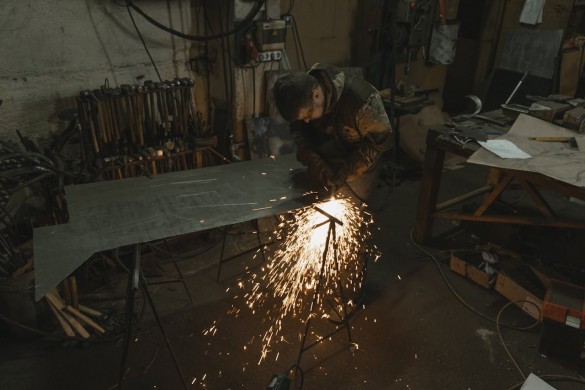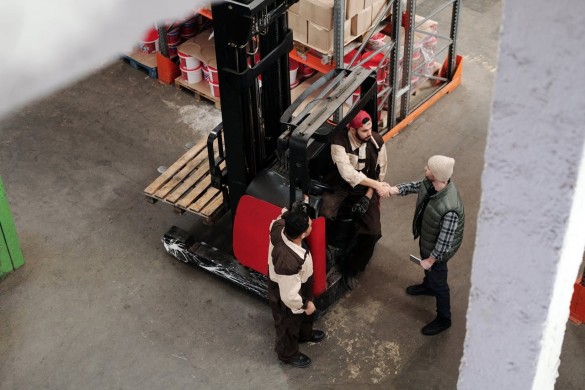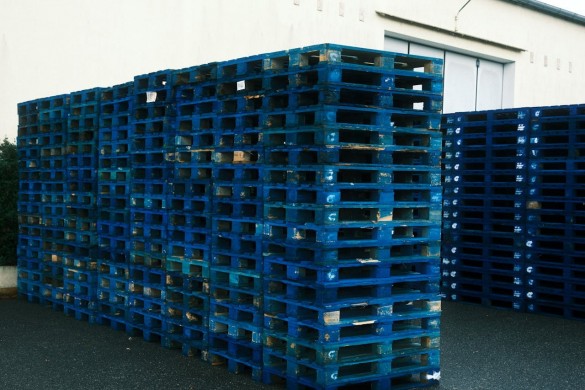How and at what angle to sharpen drills?

From this article, you will learn:
- Why and how drill bits should be sharpened.
- How to ensure safety while sharpening drill bits.
Why is it worth sharpening drill bits?
Sharpening drill bits is a key aspect of their maintenance, affecting both quality and efficiency. A dull drill bit requires more pressure, leading to slower drilling speeds, higher energy consumption, and the risk of overheating both the tool and the material being drilled. This can result in uneven hole edges and, in extreme cases, even damage to the drill bit or breakage of its tip.
Regular sharpening ensures more precise drilling, which is especially crucial in metalworking, where accuracy is key. A well-sharpened drill bit effectively removes chips, reducing the risk of tool jamming and improving work safety. The correct sharpness of the cutting edges also reduces the load on the machining tool, potentially extending the machine’s lifespan.
At what angle should drill bits be sharpened?
The sharpening angle of a drill bit is crucial for its effectiveness and its suitability for the material being drilled. What angle should be used? The sharpening angle depends on the material:
-
Metal drill bits: The standard point angle is 118 degrees, suitable for most metals. For harder materials like stainless steel, an increased angle of 135 degrees is recommended to reduce cutting force and extend drill bit life.
-
Wood drill bits: Usually have a sharpening angle of about 90 degrees, allowing them to effectively penetrate soft wood fibers while minimizing the risk of cracks and splits.
-
Concrete drill bits: Require a larger angle, typically around 135 degrees, to effectively handle hard and brittle materials.
How to sharpen metal drill bits?
Sharpening metal drill bits requires precision and can be done manually using a bench grinder or with specialized sharpeners. How do you sharpen metal drill bits? There are several methods:
- Manual sharpening with a bench grinder: Ensure the grinder has an appropriate grinding wheel. For metal drill bits, a corundum wheel with medium grit is recommended. Hold the drill bit at a 118-degree angle against the wheel. You can use a protractor or a special attachment to maintain the correct angle. Press the drill bit lightly against the wheel, rotating it around its axis to maintain edge symmetry. Avoid overheating the drill bit by taking breaks and cooling it in water.
- Using a drill bit sharpener: These machines allow for precise sharpening at the correct angle. Simply place the drill bit in the holder, set the desired angle, and start the machine. Sharpeners provide greater accuracy and consistency compared to manual sharpening and are highly recommended for professionals and high-volume workshops.
Industrial machine manufacturer Cormak offers a wide range of drill bit sharpeners and grinders to facilitate the sharpening process.
Which grinding wheel to use for sharpening drill bits?
Choosing the right grinding wheel is crucial for effective sharpening and prolonging the tool’s life. The best grinding wheel depends on the drill bit material and the type of grinder used.
- Corundum wheels – Commonly used for sharpening high-speed steel (HSS) drill bits. They offer high wear resistance and allow for precise sharpening of cutting edges. Medium-grit wheels are recommended for optimal balance between grinding speed and precision.
- Diamond wheels – Indispensable for sharpening carbide drill bits used in concrete and hard metal alloys. These wheels provide exceptional precision and durability but are more expensive than corundum options.
- Borazon (CBN – cubic boron nitride) wheels – Recommended for sharpening very hard alloy drill bits, such as cobalt (HSS-Co) or titanium-coated tools. They are highly heat-resistant and prevent overheating of the sharpened surface.
It is essential to choose a wheel that matches the drill bit material and has the proper grit size to ensure effective and precise sharpening.
Safety when sharpening drill bits
Drill bit sharpening requires appropriate safety measures, as improper techniques or lack of protection can lead to injuries and tool damage. Whether sharpening manually with a bench grinder or using an automatic sharpener, certain basic rules should be followed.
Most importantly, eye protection is crucial – grinding generates sparks and metal particles that can pose a hazard. It is mandatory to wear safety glasses, and for intensive work, a full face shield is recommended.
Hand protection is also important, but caution is needed when using protective gloves. Loose or thick gloves can reduce precision and increase the risk of accidental material entanglement in the spinning wheel. Instead, ensure a firm grip on the drill bit and stable hand positioning.
Proper cooling of the drill bit is another important aspect. Excessive heating during sharpening can cause the hardened cutting edges to lose their properties. To prevent this, regularly immerse the drill bit in water or a special cooling oil to maintain its durability and cutting performance.
Conclusion
Regular drill bit sharpening is a key maintenance task that enhances drilling quality and precision. Knowing how to sharpen metal drill bits properly is essential. A well-sharpened tool not only speeds up work but also reduces energy consumption and machine wear. Selecting the right sharpening angle and grinding wheel helps restore the drill bit’s original properties, whether it’s used for metal, wood, or concrete.
To optimize the sharpening process, consider using professional bench grinders and tool grinders, which ensure precise edge sharpening. Remember that a well-sharpened drill bit is just one element of effective machining – your workshop may also benefit from metal lathes and milling machines to facilitate further processing.
For comprehensive solutions, check out metalworking machines available at Cormak and choose the equipment that best suits your needs.

